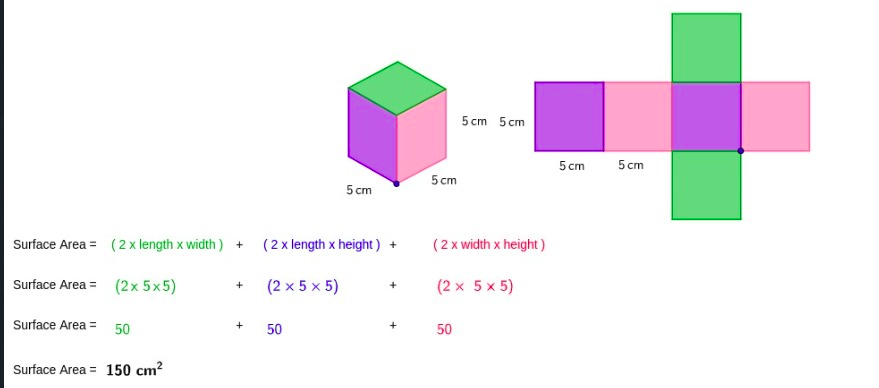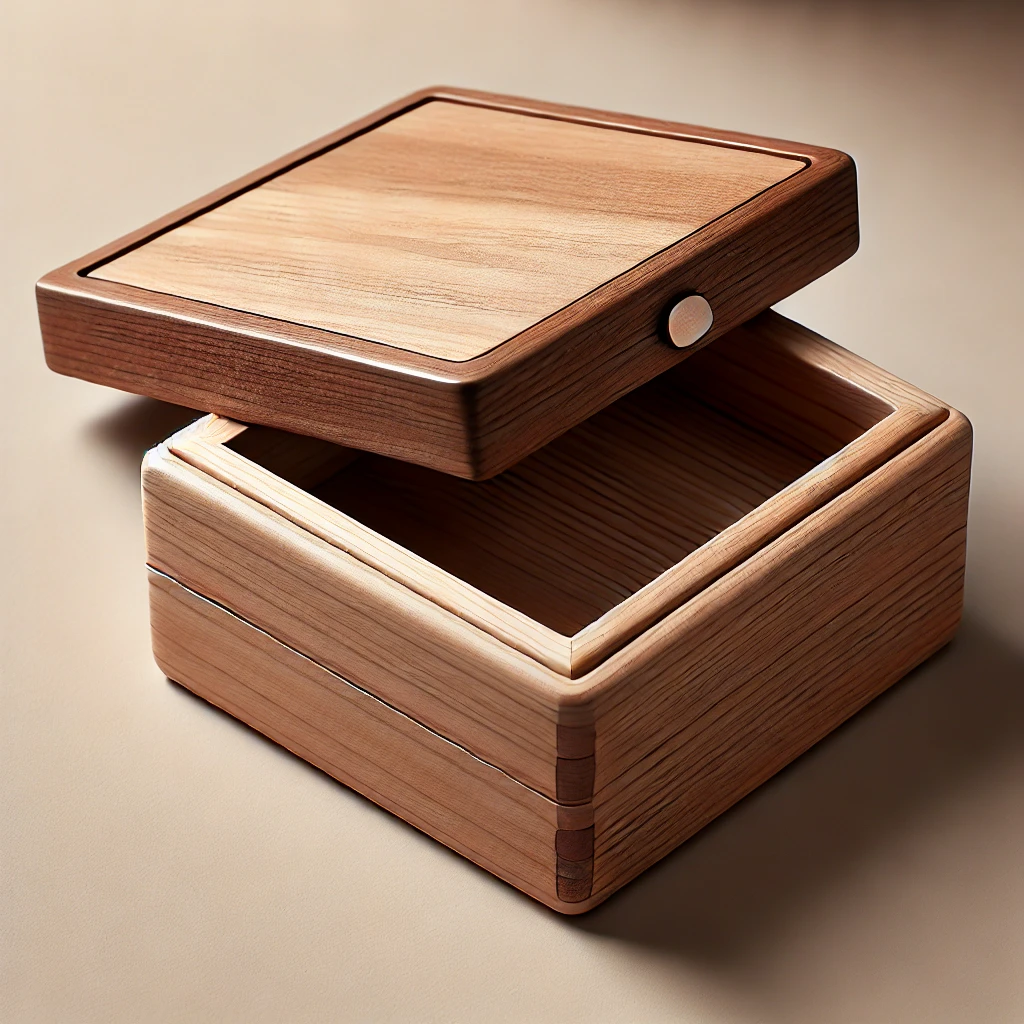Calculate the semi-perimeter:
\begin{align*}
S = \amp \frac{4\, \text{cm}+5\, \text{cm}+3\, \text{cm}}{2} = 6 \, \text{cm}
\end{align*}
Apply Heron’s Formula:
\begin{align*}
A_{ABC} = \amp \sqrt{6(6-4)(6-5)(6-3)} \\
= \amp \sqrt{6 \times(2)\times(1)\times(3)} \\
= \amp \sqrt{36} \\
= \amp 6 \, \text{cm}^2
\end{align*}
Find the Area of Side Triangle\(ABD\) Given sides \(AB = 4\, \text{cm}, \, AD = 6\, \text{cm} , \, BD = 7\, \text{cm} \)
\begin{align*}
S = \amp \frac{4 \,\text{cm}+6\, \text{cm}+7\, \text{cm}}{2} = 8.5 \, \text{cm} \\
A_{ABD} = \amp \sqrt{8.5(8.5-4)(8.5-6)(8.5-7)} \\
= \amp \sqrt{8.5 \times(4.5)\times(2.5)\times(1.5)} \\
= \amp \sqrt{143.44} \\
= \amp 11.97 \, \text{cm}^2
\end{align*}
Find the Area of Side Triangle\(BCD\) Given sides \(BC = 5, \, \text{cm} \,CD = 6 , \, \text{cm} \, BD = 7 \text{cm}\)
\begin{align*}
S = \amp \frac{5 \, \text{cm}+6 \, \text{cm}+7 \, \text{cm}}{2} = 9 \, \text{cm} \\
A_{BCD} = \amp \sqrt{9(9-4)(9-6)(9-7)} \\
= \amp \sqrt{9 \times(4)\times(2)\times(3)} \\
= \amp \sqrt{216} \\
= \amp 14.7 \, \text{cm}^2
\end{align*}
Find the Area of Side Triangle\(ACD\) Given sides \(AC = 3, \, AD = 6 , \, CD = 6 \)
\begin{align*}
S = \amp \frac{3 \, \text{cm}+6 \, \text{cm}+6 \, \text{cm}}{2} = 7.5 \, \text{cm} \\
A_{ACD} = \amp \sqrt{7.5(7.5-4)(7.5-6)(7.5-7)} \\
= \amp \sqrt{7.5 \times(4.5)\times(1.5)\times(1.5)} \\
= \amp \sqrt{75.94} \\
= \amp 8.71\, \text{cm}^2
\end{align*}
Find the Total Surface Area. Surface Area = \(A_{ABC} + A_{ABD} +A_{BCD} + A_{ACD}\)
\begin{align*}
= \amp 6 \, \text{cm}^2 + 11.97 \, \text{cm}^2 + 14.7 \, \text{cm}^2 + 8.71 \, \text{cm}^2 \\
= \amp 41.38 \, \text{cm}^2
\end{align*}




